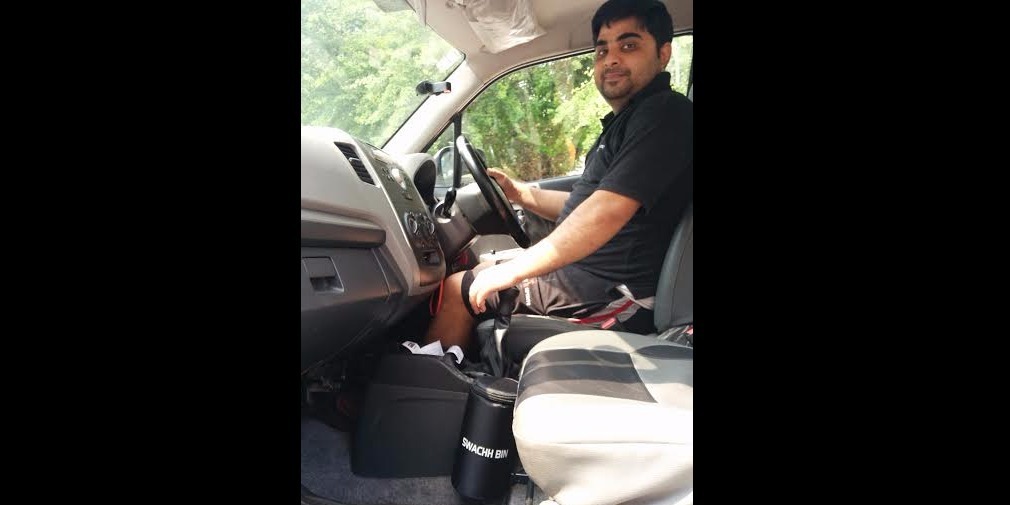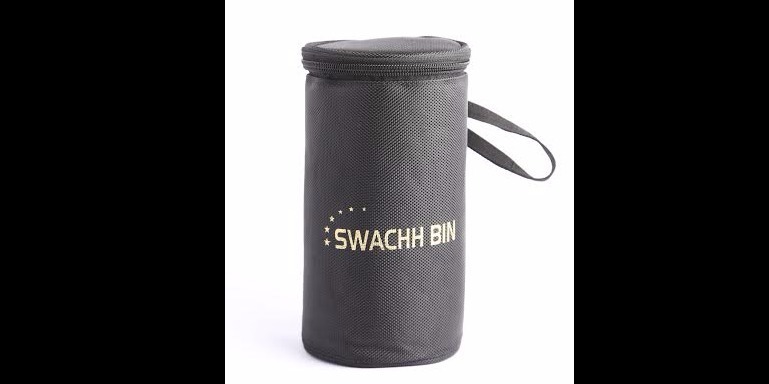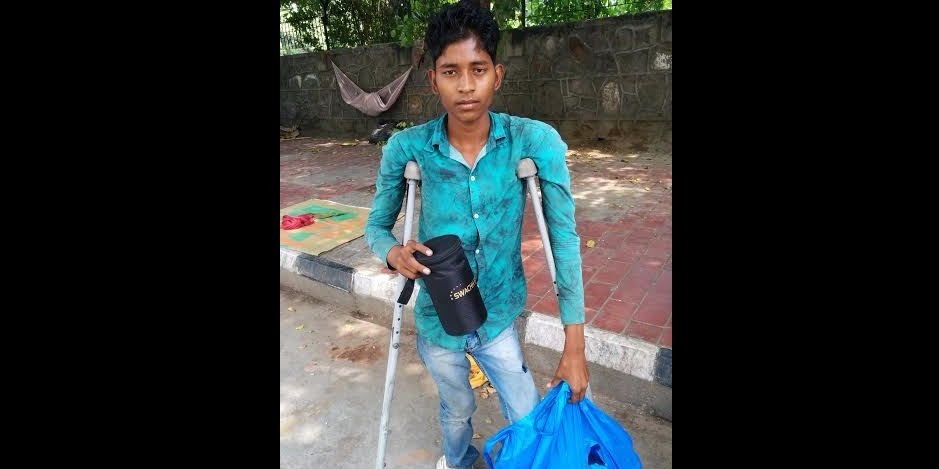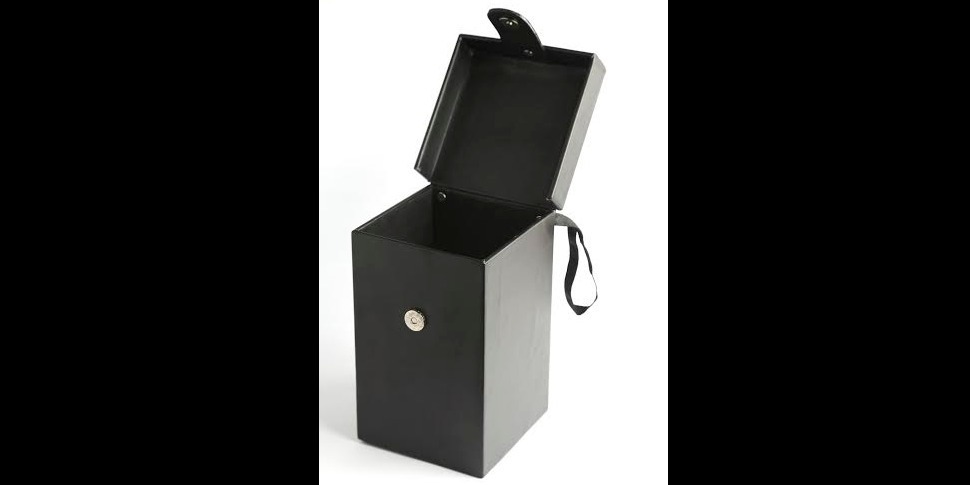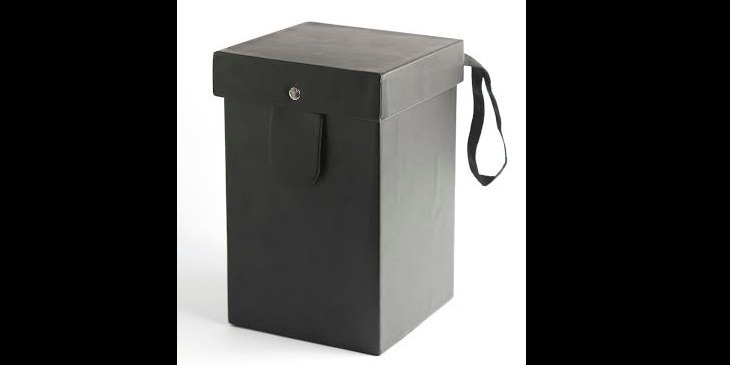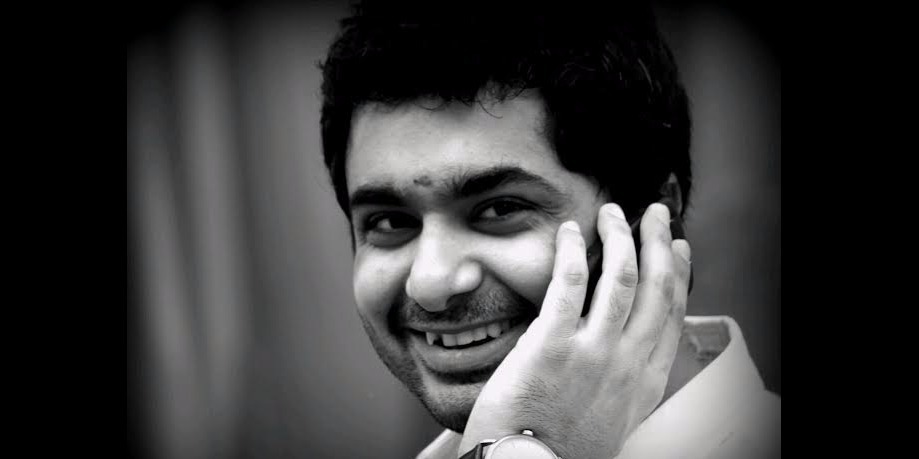Women in certain remote parts of rural Kashmir have to walk for miles before they can reach a safe drinking water source. Trying to ease their burden and ensure they have easy access to safe potable water are Kulsooma Begum and Raja Begum in Baramulla district.
Ensuring safe drinking water for her “sisters” in the village and, consequently, easing their workload has, so far, been ‘mission impossible’ for Kulsooma Begum, 37, the Deputy Sarpanch of Hamray-Pattan in north Kashmir’s Baramulla district. Despite her best efforts, in the last four years since she came to power, she has only managed to get the water pipelines laid under the local Wussan water scheme.
According to Kulsooma, overcoming the inactivity and poor coordination among the various concerned government departments has been a tough challenge.
Although the sarpanch did accompany her once as she tried to reach out to the officials, their general indifference was not palatable to him and he decided to leave the task in a very determined Kulsooma’s capable hands.
“At times officials rebuked me,” she says, adding that they had to approach them several times before making any real progress. “I know it’s difficult but then getting anything done in the remote rural areas is anyway an uphill task,” she adds.
Of course, there’s a lot that still needs to be done before the women can enjoy the basic right of access to drinking water at their doorstep but Kulsooma is hopeful that very soon she would be able to fulfil her poll promise.
“The Public Health Engineering (PHE) department had laid the water pipes a year back but nothing has moved since then. I have been following up with the authorities but my efforts have not yielded any concrete results yet. I am highly concerned because this issue is mostly related to us (women),” she says candidly.
Women in her village have to travel a few kilometres everyday to collect water. “It’s very tedious, time-consuming and takes a toll on the health,” she says. Women set off on their daily water errand very early in the morning. Though there are a few tube wells and dug wells in the vicinity the water from these sources is reportedly contaminated.
“Under compulsion, people also consume water from the kul (stream) nearby but it is dirty as it has become a dumping ground for the waste,” explains Kulsooma.
As water is needed for several household activities like bathing, cleaning and washing, besides consumption, the women have to sometimes make more than one trip to be able to get what they need.Women in certain remote parts of rural Kashmir have to walk for miles before they can reach a safe drinking water source.
So far, success has eluded her but, amazingly, this has not eroded the local women’s faith in her abilities to make things happen. Indeed, they are willing to back her up 100% when it’s election time next year.
Several kilometres away, Raja Begum, Sarpanch of Palhallan ‘D’ is facing a similar situation. Popularly known asaapa (elder sister) in her village, Raja Begum reveals that she has been fighting for the availability of safe drinking water in her area for many years. She has tapped nearly every power centre she could get access to but she has not been able to resolve the issue up till now.
“One may think that a sarpanch has many powers but that’s not really the case. Development work happens when block officials are ready to work together. My experience has not been good. No one listens to us. We are an ignored lot,” she emphasises, while sharing that a few years back they had managed to get a water reservoir built near their village but not a filtration plant, which is an essential facility. “What is the use of having a reservoir when the water is unusable?” she asks.
The absence of a filtration plant in the area is a serious setback. According to Raja Begum, there is lot of iron in the water, which renders it unsafe for drinking or cooking. However, they make use of it for various domestic activities.
| Carrying heavy loads of water on treacherous mountain paths is dangerous for women. |
“There have been some fatalities in our area due to consumption of this unsafe water,” she informs gravely, adding that people do face several other related health problems including hair fall and skin problems. “Even the utensils in which we collect the water get discoloured; there is kind of coating of iron. Just imagine what it would do to our bodies? We have approached everyone who we thought could be helpful, but to no avail.”
The residents resolutely confirm that the contaminated water has an adverse impact on them and they face innumerable health concerns on account of the lack of potable water. They further attributed government apathy and negligence responsible for it.
“Many a time we have come out on to the roads to press for our demands. Though the authorities have promised us action, nothing concrete has been done on the ground till date,” rues Abdul Jabbar Wani, a resident of Palhallan ‘D’. He adds dejectedly that the government hardly bothers about them even though the condition there is so grave that they have to “think twice even before taking bath with this water.”
As is the case in the rest of the country, in Jammu and Kashmir too, it’s the Halqa panchayat, or the gram panchayat as it is referred to in the state, which acts as a bridge between the administration and the people. Its eight-odd members – the numbers vary between 7 and 11 – are not only responsible for implementing state welfare schemes but also for providing competent guidance and governance. Elected women representatives like Kulsooma Begum and Raja Begum are trying to make a difference in spite of the many hurdles that come in their way.
Nasir Ahmad Lone, Block Development Officer (BDO), Pattan, concurs, “Women Panchayati Raj representatives are very active and they work more efficiently than their male counterparts.” Referring to Raja Begum, he says that she has played a big role in the development of her village, particularly in the construction of vital infrastructure such as roads, drains, toilets, and so on. He adds, “She is not hesitant to approach me for some work or the other nearly everyday.”
Hakim Tanveer, District Panchayat Officer (DPO), Baramulla, points out, whereas grassroots women elected representatives do approach and interact with him it’s not all that frequent. Nonetheless, when they do, it’s all about assisting people to secure their entitlements.
“Usually, they discuss various local issues confronting them and are keen to solve problems related to schemes like the Mahatma Gandhi National Rural Employment Guarantee Act (MNREGA), Indira Awas Yojna (IAY) and Nirmal Bharat Abhiyan,” he elaborates.
Today, Kulsooma and Raja may be greatly regretting their unfulfilled promise – after all, they had come to power in the village on the basis of the assurance of providing potable water – but the women in their hamlets are not ready to give up on their aapas because they believe that it’s their best chance at being heard and considered by the powers that be.

